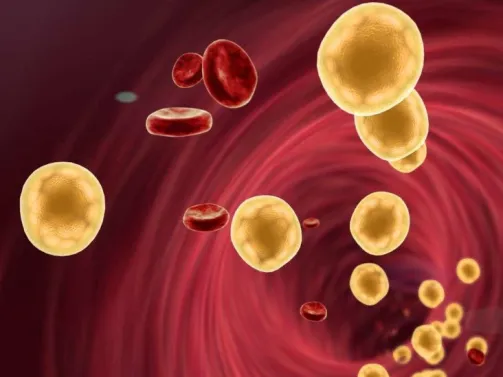At-home Lab Testing
Total cholesterol is a measure of the total amount of cholesterol in your blood, including low-density lipoprotein (LDL) cholesterol and high density lipoprotein (HDL) cholesterol. With HDL cholesterol, higher levels are better. Low HDL cholesterol puts you at higher risk for heart disease. People with high blood triglycerides usually also have lower HDL cholesterol. Genetic factors, type 2 diabetes, smoking, being overweight and being sedentary can all result in lower HDL cholesterol. LDL (bad) cholesterol A low LDL cholesterol level is considered good for your heart health. However, your LDL number should no longer be the main factor in guiding treatment to prevent heart attack and stroke, according to new guidelines from the American Heart Association. For patients taking statins, the guidelines say they no longer need to get LDL cholesterol levels down to a specific target number. A diet high in saturated and trans fats raises LDL cholesterol. Increased plasma triglyceride levels are indicative of a metabolic abnormality and, along with elevated cholesterol, are considered a risk factor for atherosclerotic disease. In the presence of other coronary heart disease risk factors, both borderline high (150-200 mg/dL) and high values (>200 mg/dL) require attention. Triglyceride concentrations >1,000 mg/dL can lead to abdominal pain and may be life-threatening due to chylomicron-induced pancreatitis.

Related Symptoms
- Chest pain
- Shortness of breath
- Light headedness
- Dizziness
- Fatigue
- Overweight
- Irregular heart beats
- Numbness in legs or arms
- Chest discomfort
- Slow or racing heart beat
- Eye and face swelling
- Easy tiring during exercise
